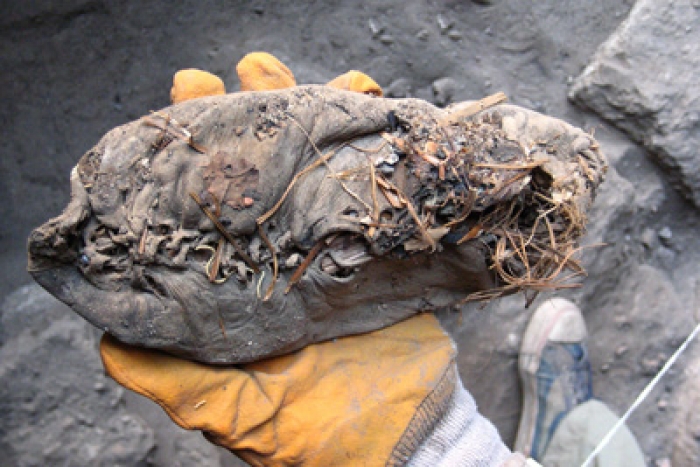To be included on the World Heritage List, sites must be of outstanding universal value and meet at least one out of ten selection criteria.
These criteria are explained in the Operational Guidelines for the Implementation of the World Heritage Convention which, besides the text of the Convention, is the main working tool on World Heritage. The criteria are regularly revised by the Committee to reflect the evolution of the World Heritage concept itself.
Until the end of 2004, World Heritage sites were selected on the basis of six cultural and four natural criteria. With the adoption of the revised Operational Guidelines for the Implementation of the World Heritage Convention, only one set of ten criteria exists;
* to represent a masterpiece of human creative genius;
* to be an outstanding example of a type of building, architectural or technological ensemble or landscape which illustrates (a) significant stage(s) in human history;
* to be directly or tangibly associated with events or living traditions, with ideas, or with beliefs, with artistic and literary works of outstanding universal significance. (The Committee considers that this criterion should preferably be used in conjunction with other criteria);
*to contain superlative natural phenomena or areas of exceptional natural beauty and aesthetic importance.
Properties inscribed on the World Heritage List
Cathedral and Churches of Echmiatsin and the Archaeological Site of Zvartnots
The cathedral and churches of Echmiatsin and the archaeological remains at Zvartnots graphically illustrate the evolution and development of the Armenian central-domed cross-hall type of church, which exerted a profound influence on architectural and artistic development in the region.
Criterion (ii): The developments in ecclesiastical architecture represented in an outstanding manner by the churches atEchmiatsin and the archaeological site of Zvartnots had a profound influence on church design over a wide region.
Criterion (iii): The churches at Echmiatsin and the archaeological site of Zvartnots vividly depict both the spirituality and the innovatory artistic achievement of the Armenian Church from its foundation.
Monasteries of Haghpat and Sanahin
These two Byzantine monasteries in the Tumanian region from the period of prosperity during the Kiurikian dynasty (10th to 13th century) were important centres of learning. Sanahin was renowned for its school of illuminators and calligraphers. The two monastic complexes represent the highest flowering of Armenian religious architecture, whose unique style developed from a blending of elements of Byzantine ecclesiastical architecture and the traditional vernacular architecture of the Caucasian region.
Criterion (ii): The developments in ecclesiastical architecture represented in an outstanding manner by the churches at Echmiatsin and the archaeological site of Zvartnots had a profound influence on church design over a wide region.
Criterion (iv): It is of outstanding universal value and an exceptional example of ecclesiastical architecture that developed in Armenia in the 10th to 13th centuries which is unique by virtue of its blending of elements of both Byzantine church architecture and the traditional vernacular building style of this region.
Monastery of Geghard and the Upper Azat Valley
The monastery of Geghard and the Upper Azat Valley contains a number of churches and tombs, most of them cut into the living rock, which illustrate Armenian medieval architecture at its highest point.The monuments included in the property are dated from the 4th to the 13th century. At the early period, the Monastery was called Ayrivank (Monastery in the Cave) because of its rock-cut construction.The monastery was founded, according to tradition by St. Gregory the Illuminator, and was built following the adoption of Christianity as a state religion in Armenia (beginning of the 4th century AD). The monastery of Geghard is a renowned ecclesiastical and cultural centre of medieval Armenia, where a school, scriptorium, library and many rock-cut dwelling cells for clergymen could be found in addition to the religious constructions.
Criterion (ii): The Monastery of Geghard, with its remarkable rock-cut churches and tombs, is an exceptionally well preserved and complete example of medieval Armenian monastic architecture and decorative art, with many innovatory features which had a profound influence on subsequent developments in the region.








